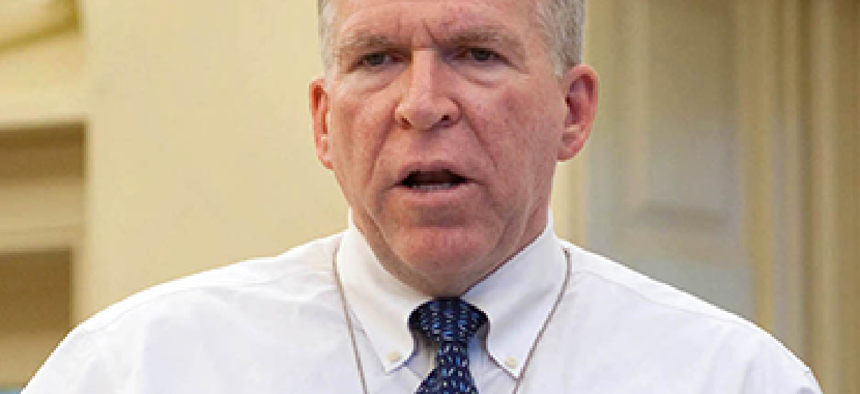CIA chief says digital directorate will help with agency’s myriad IT needs

CIA Director John Brennan said his agency's Directorate for Digital Innovation would help operatives mask their digital tracks and would help defend against foreign cyberattacks.

CIA Director John Brennan wants his new tech directorate to help agents reduce their digital exposure.
The promise of big data and the imperative of giving operatives digital anonymity are among the key reasons CIA Director John Brennan said he created the agency's first new directorate in over half a century.
If the CIA is "to excel in the wired world, the digital domain must be part of every aspect of our mission," Brennan said July 13 at the Brookings Institution.
"It means that our analysts must be able to quickly process and analyze enormous volumes of data," he added. "And it means that our IT experts must be able to harden our networks against intrusion and better protect our very important and sensitive sources and methods."
The Directorate for Digital Innovation, which the CIA unveiled in October, includes an open source center, a center for handling cyberthreats and operations, and the agency's IT enterprise. DDI Deputy Director Sean Roche told FCW that the goal is to provide CIA analysts with a "wide range of cyber options in the initial trade space" to help them solve problems earlier in the intelligence cycle.
Brennan offered an update on what the directorate is doing. "Cyber makes it possible for our adversaries to sabotage vital infrastructure without ever landing an agent on our shores," he said, adding later that the new directorate "is deeply involved in our efforts to defend against foreign cyberattacks."
Brennan, who said he worked with a typewriter when he joined the CIA in 1980, also reflected on how the Internet of Things -- the explosion of networked devices -- is changing the way agency employees do their work.
As information becomes instantaneously accessible to analysts, IT experts need to be sure new vulnerabilities aren't introduced, he said. "As we put together our information technology architecture, we need to make sure that we are trying to optimize…both objectives" of accessibility and security.
The intelligence community's program for advancing those dual objectives is known as Intelligence Community IT Enterprise. It allows for easier data sharing among intelligence agencies through common standards and cloud storage.
The unknown
There is still not broad agreement on what the government's role should be in cyberspace, Brennan said. Given that the private sector owns and operates a great majority of online assets, "we need to have an honest, vigorous dialogue between public- and private-sector stakeholders about government's proper role in the cyber domain," he said.
One of Brennan's predecessors as CIA director, retired Gen. Michael Hayden, sounded a similar note earlier in the week.
The government has "more capacity [in cyberspace] than we have policy to guide that capacity at the present time," Hayden said July 12 at a Bloomberg Government event. "So one of the real needs we have is to give Mike Rogers and his two teams out there -- [the National Security Agency] and Cyber Command -- even more specific policy guidance as to what he can and can't do in that regard."
NEXT STORY: DOE wants $15 million more for securing the grid


